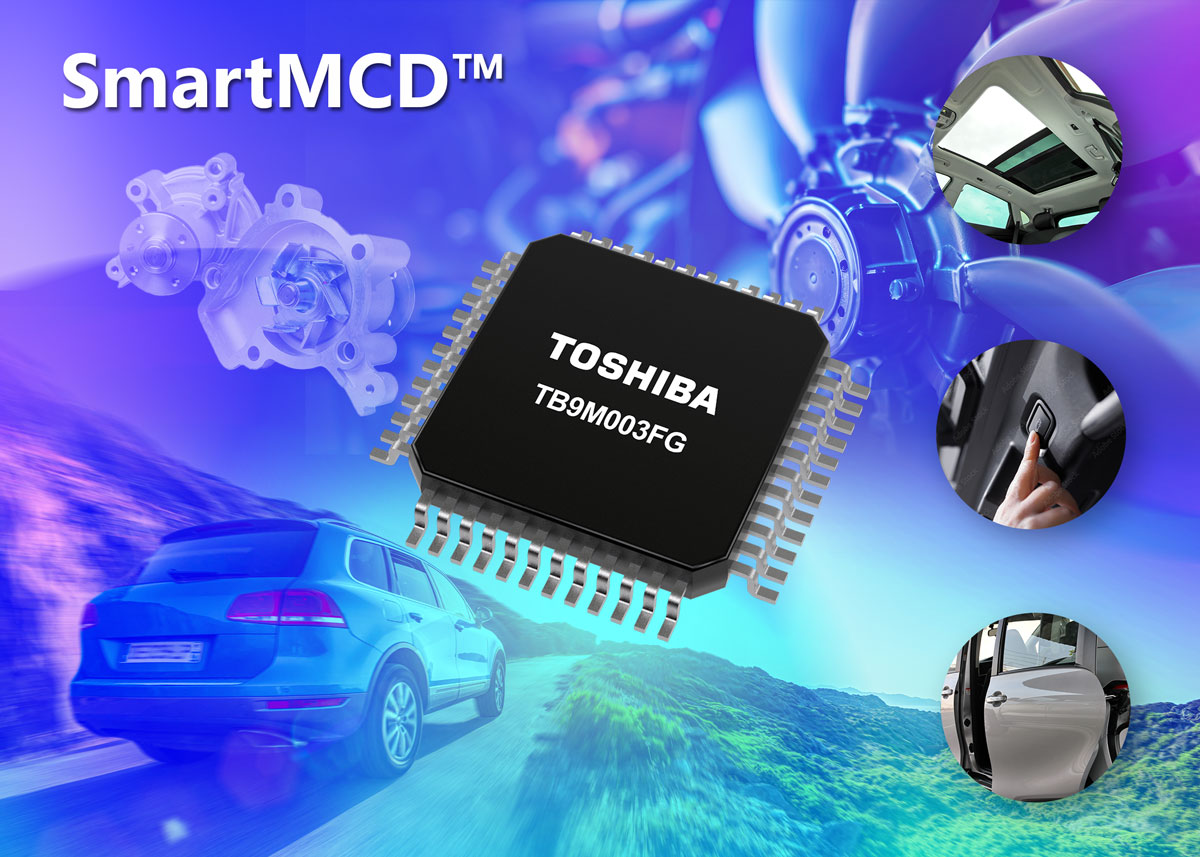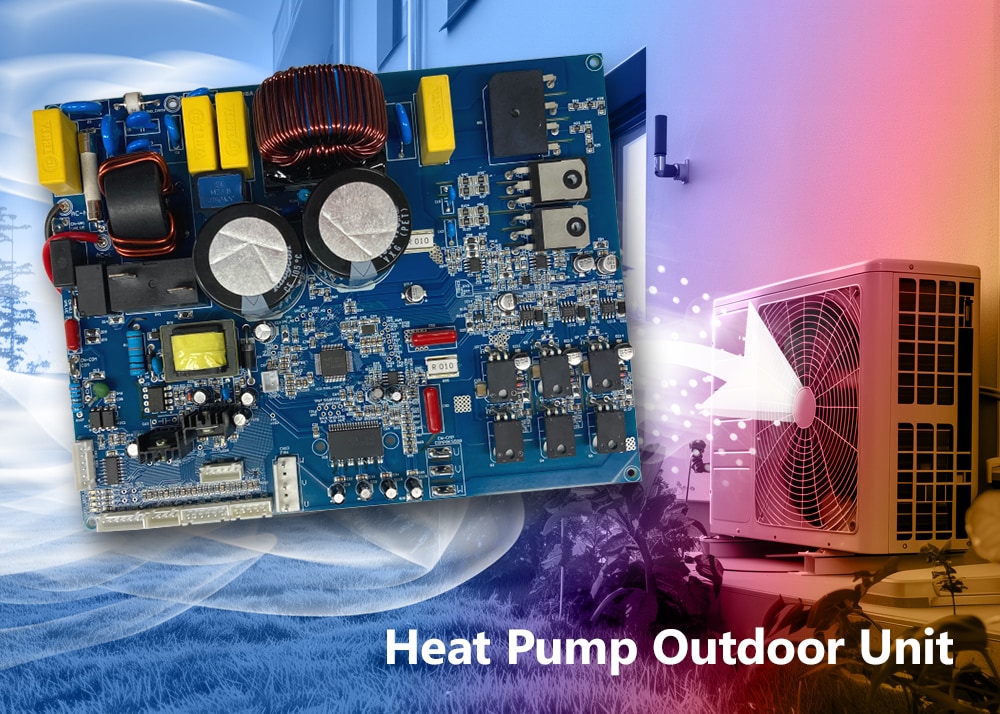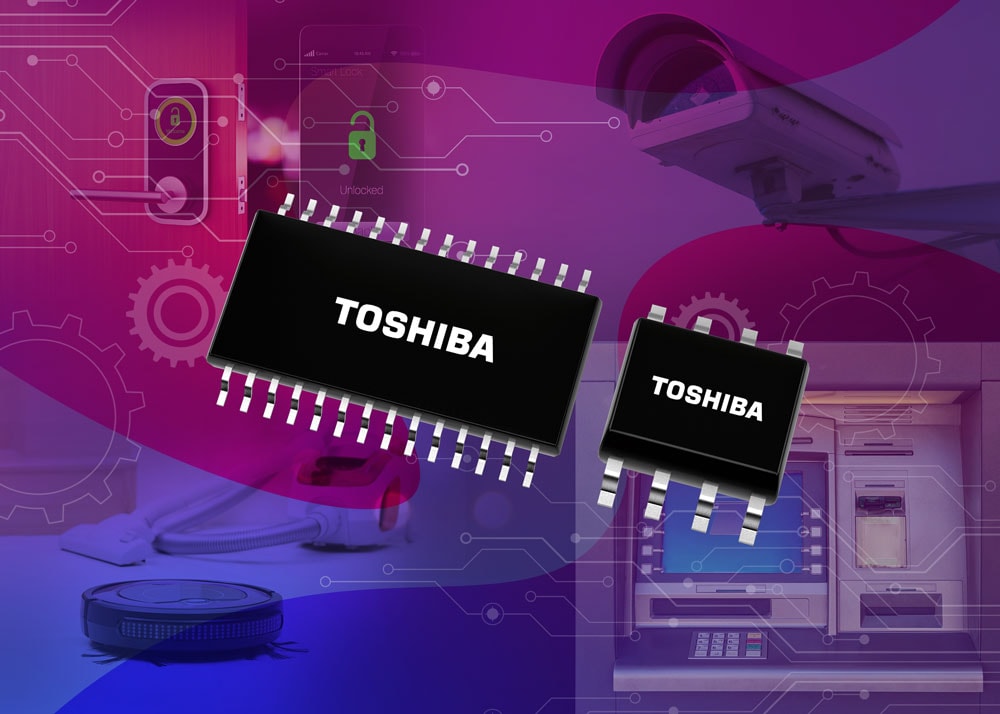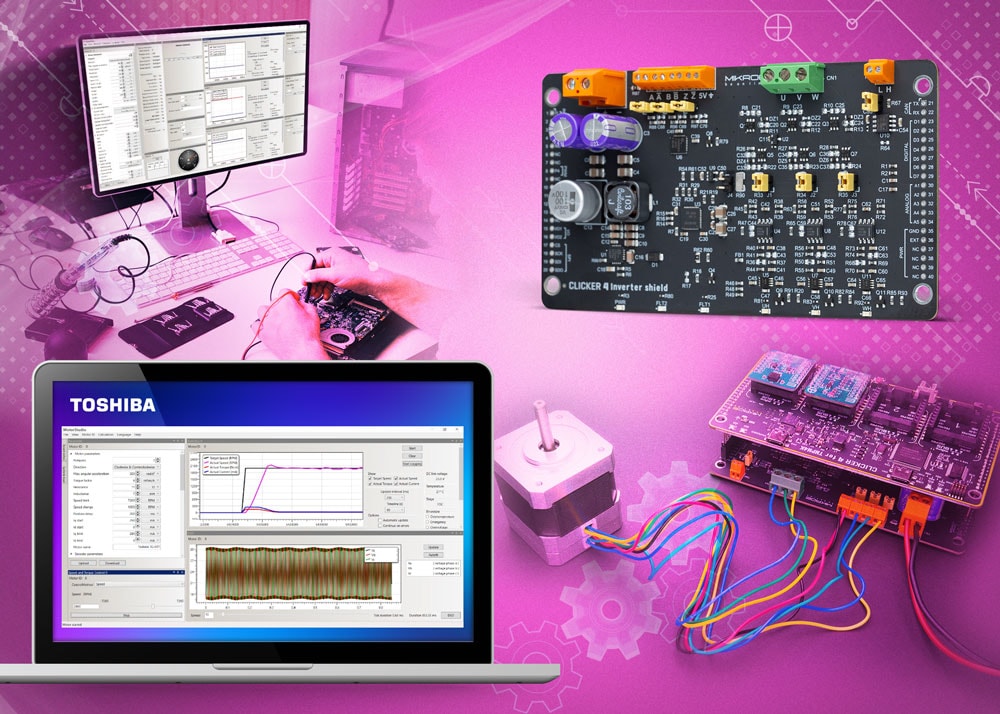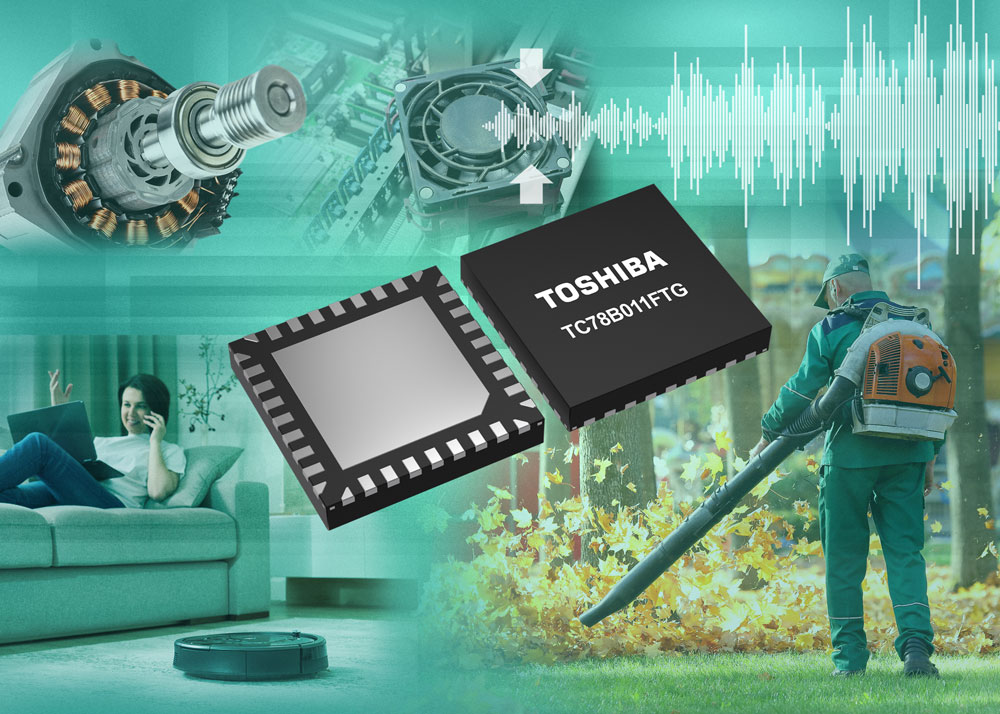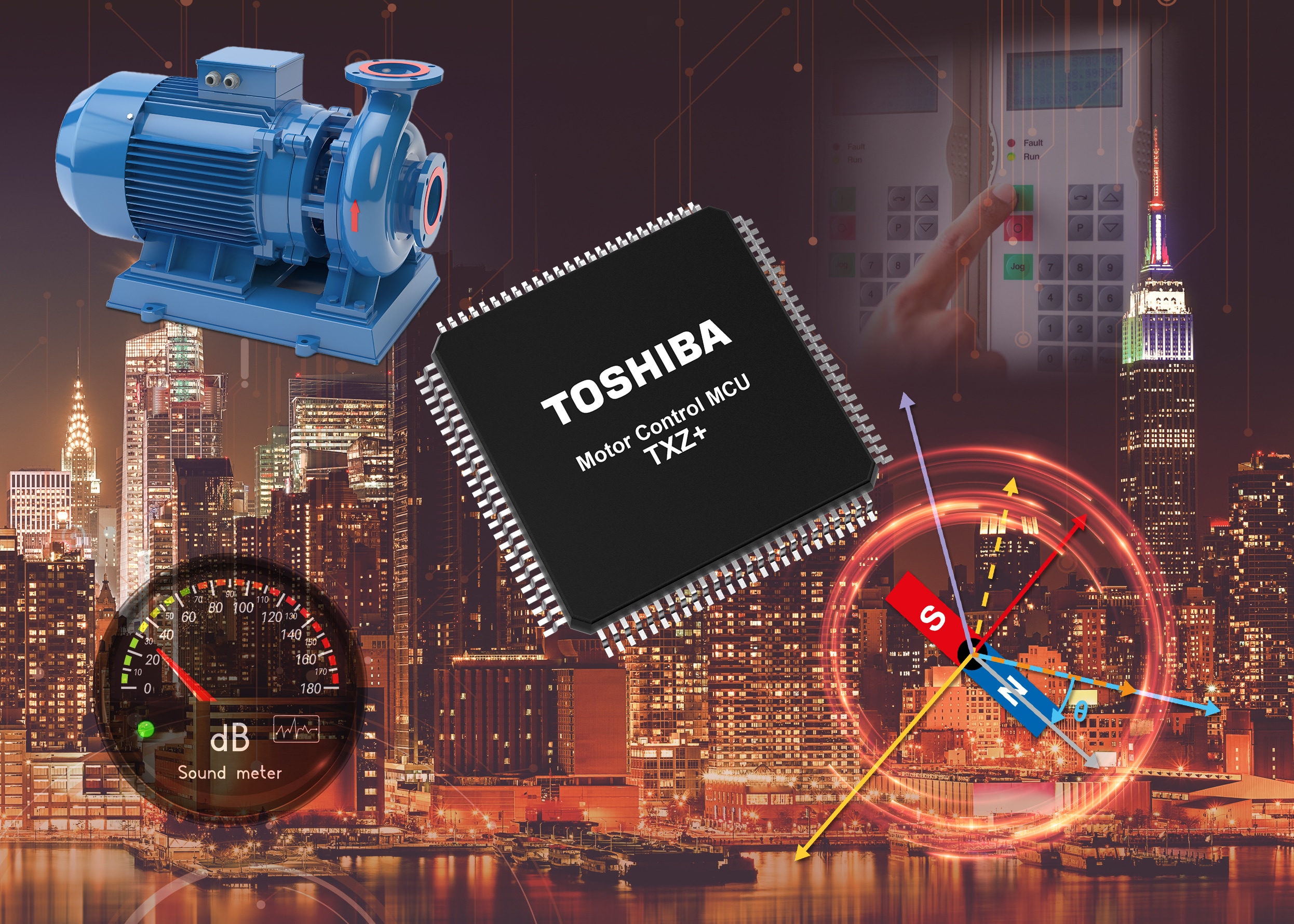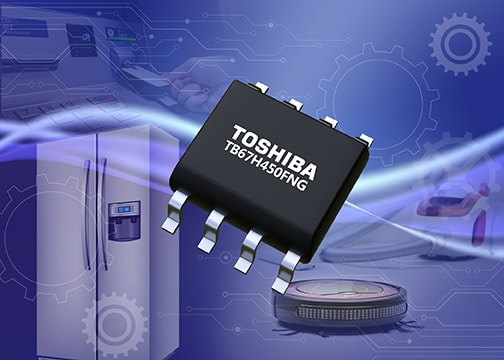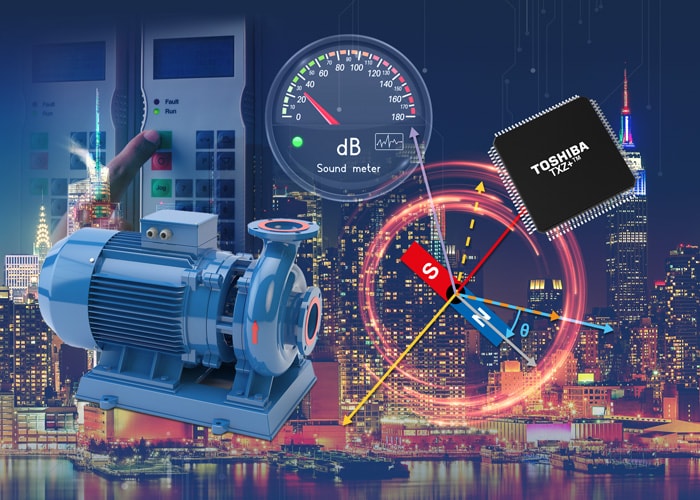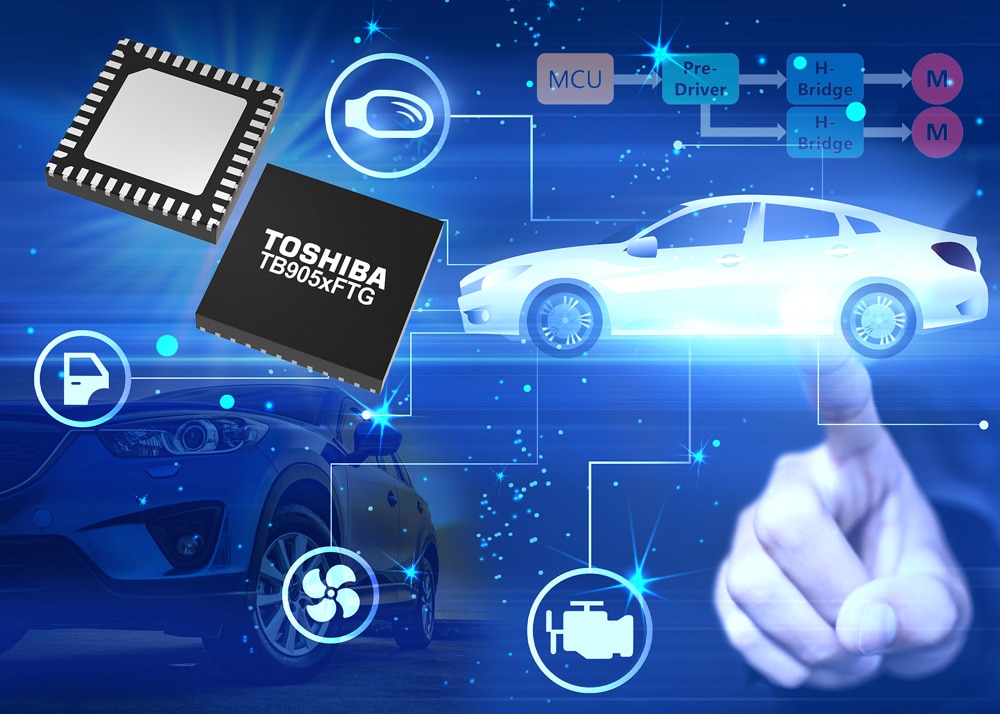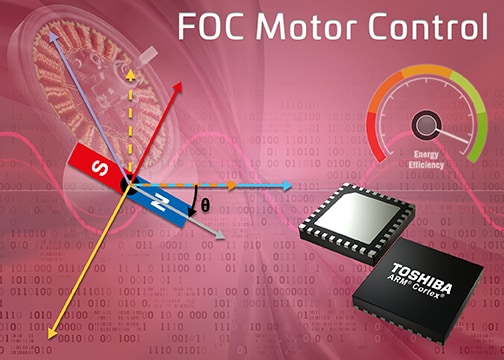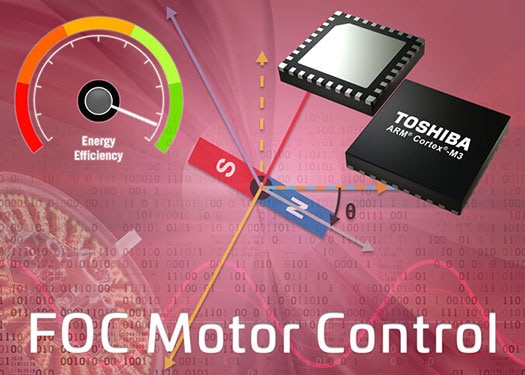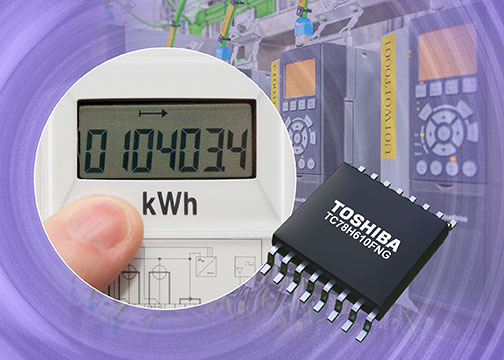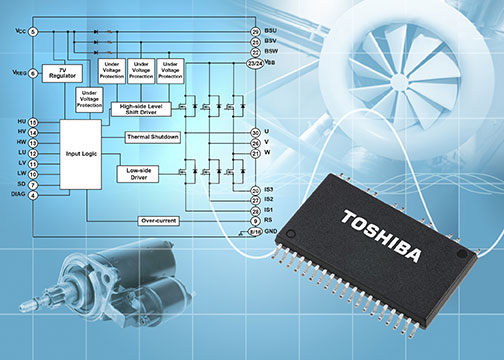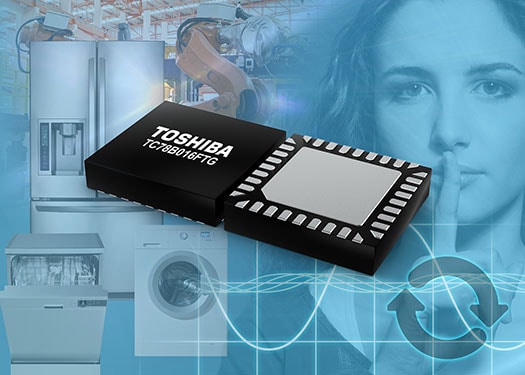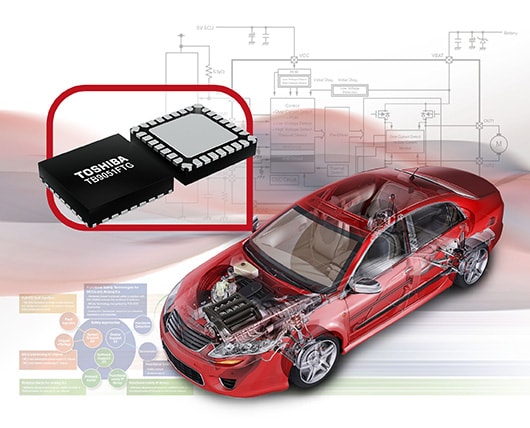- General Top
- SEMICONDUCTOR
- STORAGE
- COMPANY
-
My ToshibaSemicon
- Semiconductor Top
-
ApplicationsAutomotive
Body Electronics
xEV
In-Vehicle Infotainment
Advanced Driver-Assistance Systems (ADAS)
Chassis
IndustrialInfrastructure
BEMS/HEMS
Factory Automation
Commercial Equipment
Consumer/PersonalIoT Equipment
Healthcare
Wearable Device
Mobile
Computer Peripherals
-
ProductsAutomotive Devices
Discrete Semiconductor
Diodes
Transistors
Logic ICs
Analog Devices
Digital Devices
Wireless Devices
※
: Products list (parametric search)
Power SemiconductorsSiC Power Devices
※
: Products list (parametric search)
Isolators/Solid State RelaysPhotocouplers
Digital Isolators
Solid State Relays
Fiber Optic Transmitting Modules
※
: Products list (parametric search)
MOSFETsIGBTs/IEGTsBipolar Transistors※
: Products list (parametric search)
Diodes※
: Products list (parametric search)
MicrocontrollersMotor Driver ICsIntelligent Power ICs※
: Products list (parametric search)
Power Management ICsLinear ICs※
: Products list (parametric search)
General Purpose Logic ICsLinear Image SensorsOther Product ICsOther Product ICs
※
: Products list (parametric search)
-
Design & Development
Design & Development
Innovation Centre
At the Toshiba Innovation Centre we constantly strive to inspire you with our technologies and solutions. Discover how to place us at the heart of your innovations.
-
Knowledge
Knowledge
Highlighted Topics
Further Materials
Other
- Where To Buy
- Part Number & Keyword Search
- Cross Reference Search
- Parametric Search
- Stock Check & Purchase
This webpage doesn't work with Internet Explorer. Please use the latest version of Google Chrome, Microsoft Edge, Mozilla Firefox or Safari.
require 3 characters or more. Search for multiple part numbers fromhere.
The information presented in this cross reference is based on TOSHIBA's selection criteria and should be treated as a suggestion only. Please carefully review the latest versions of all relevant information on the TOSHIBA products, including without limitation data sheets and validate all operating parameters of the TOSHIBA products to ensure that the suggested TOSHIBA products are truly compatible with your design and application.Please note that this cross reference is based on TOSHIBA's estimate of compatibility with other manufacturers' products, based on other manufacturers' published data, at the time the data was collected.TOSHIBA is not responsible for any incorrect or incomplete information. Information is subject to change at any time without notice.
require 3 characters or more.
Understanding H-bridge motor drivers and their ongoing importance
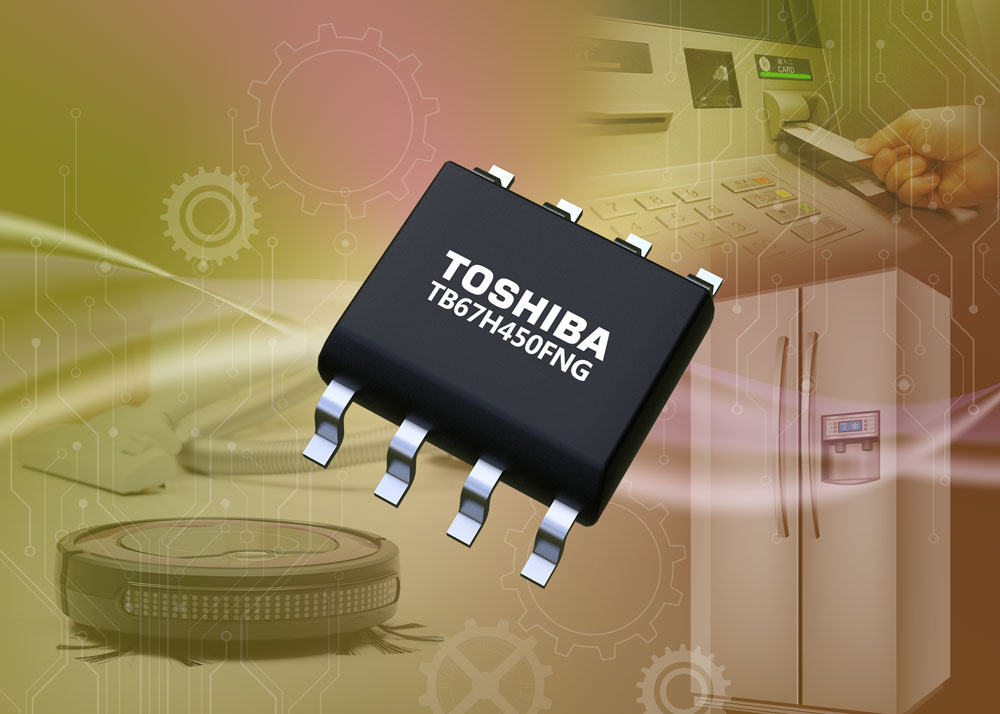
Implementing an H-bridge switch requires the use of four switches, which can each be turned on and off independently of one another. These switches work in tandem pairs. Activating one pair of diagonally-opposed switches will drive the motor in one direction, while activating the other pair will drive the motor in the reverse direction. The speed at which the motor rotates is controlled via the pulse-width modulation (PWM) signal applied.
With four bipolar transistors forming the H-bridge, the TA7291 from Toshiba would become the go-to driver IC for bidirectional motor control for a whole generation of electronic engineers - professional and hobbyist. With a 20 V output voltage rating, it had the capacity to deliver an average driving current of 1 A (and 2 A peak currents). These devices integrated flyback diodes to protect their transistor switches. Having seen implementation in all manner of audio-visual equipment over the course of several decades (most notably in video recorders and CD players), it would be directly referred to in practical electronics books and college lectures.
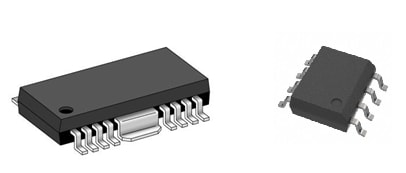
Building on the impact that the TA7291 had on the global electronics design community, TB67H450FNG is Toshiba’s next generation H-bridge motor driving solution. Though it is encased within a compact 8-pin SOP package (with only 4.8 x 1.75 x 5.8 x mm dimensions), it has operational parameters which are markedly superior to the TA7291 that preceded it. This is due to the BiCD semiconductor process that it uses (which combines bipolar, CMOS, and DMOS technologies). It can deliver an output current of up to 3.5 A and supports PWM frequencies going all the way to 400 kHz. As a result, there is scope for the device to be incorporated into a broad array of different applications. These include small-scale domestic appliances, industrial equipment and handheld power tools.
Toshiba has an unmatched legacy when it comes to H-bridge driver solutions, with the TB67H450FNG writing a new chapter in an ongoing story.
You can read an informative white paper that Toshiba has published on H-bridge motor control below:


